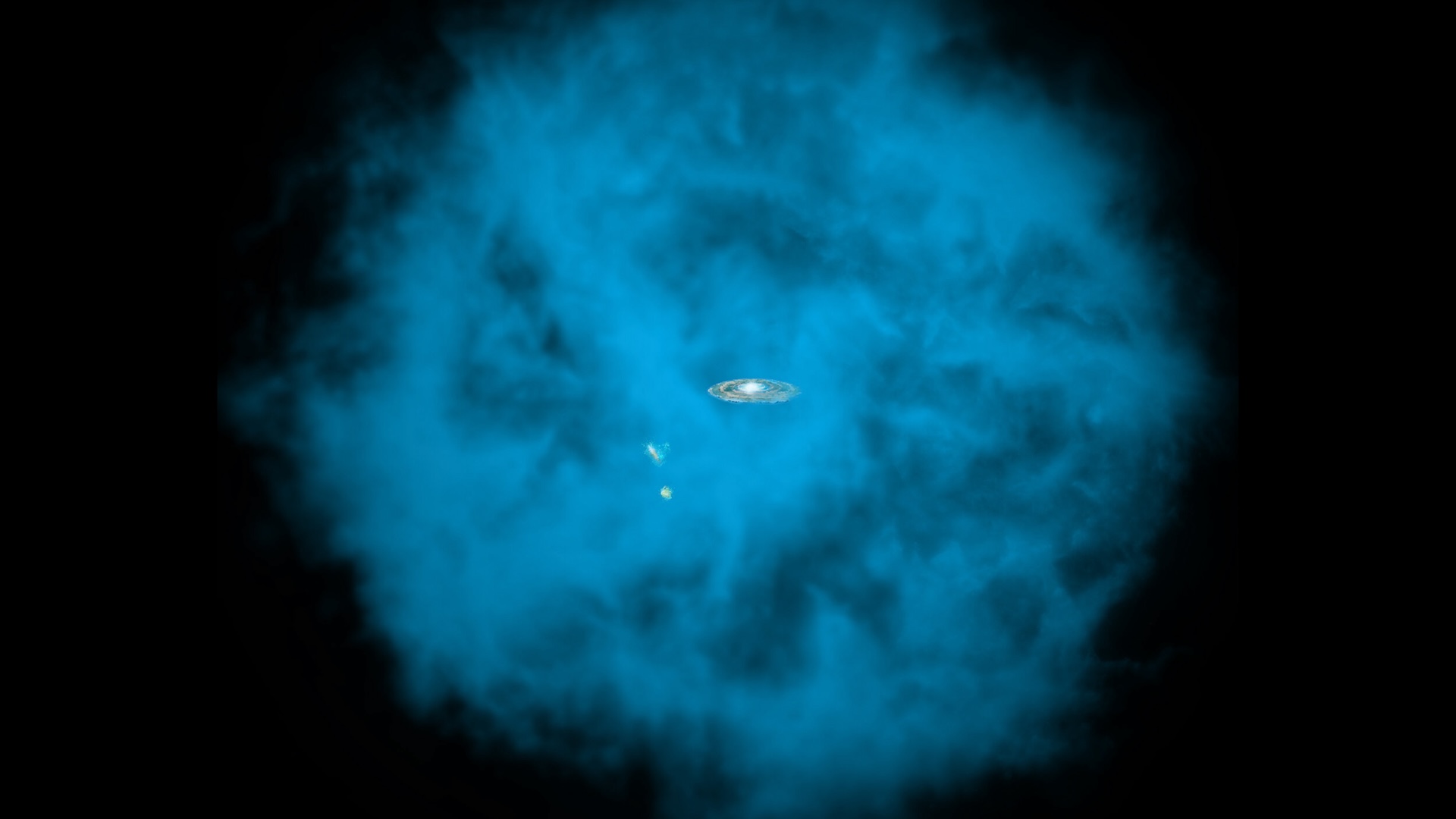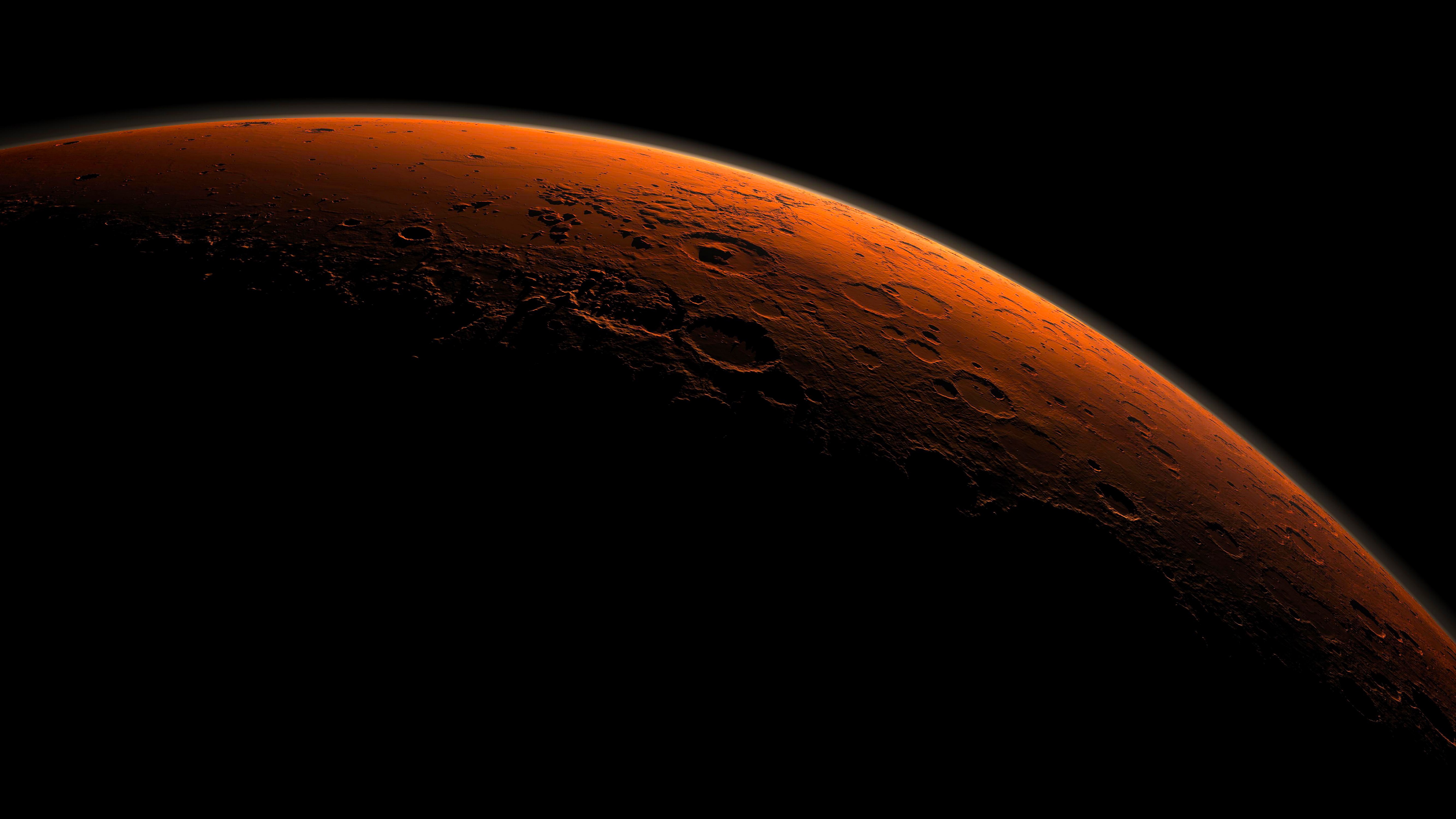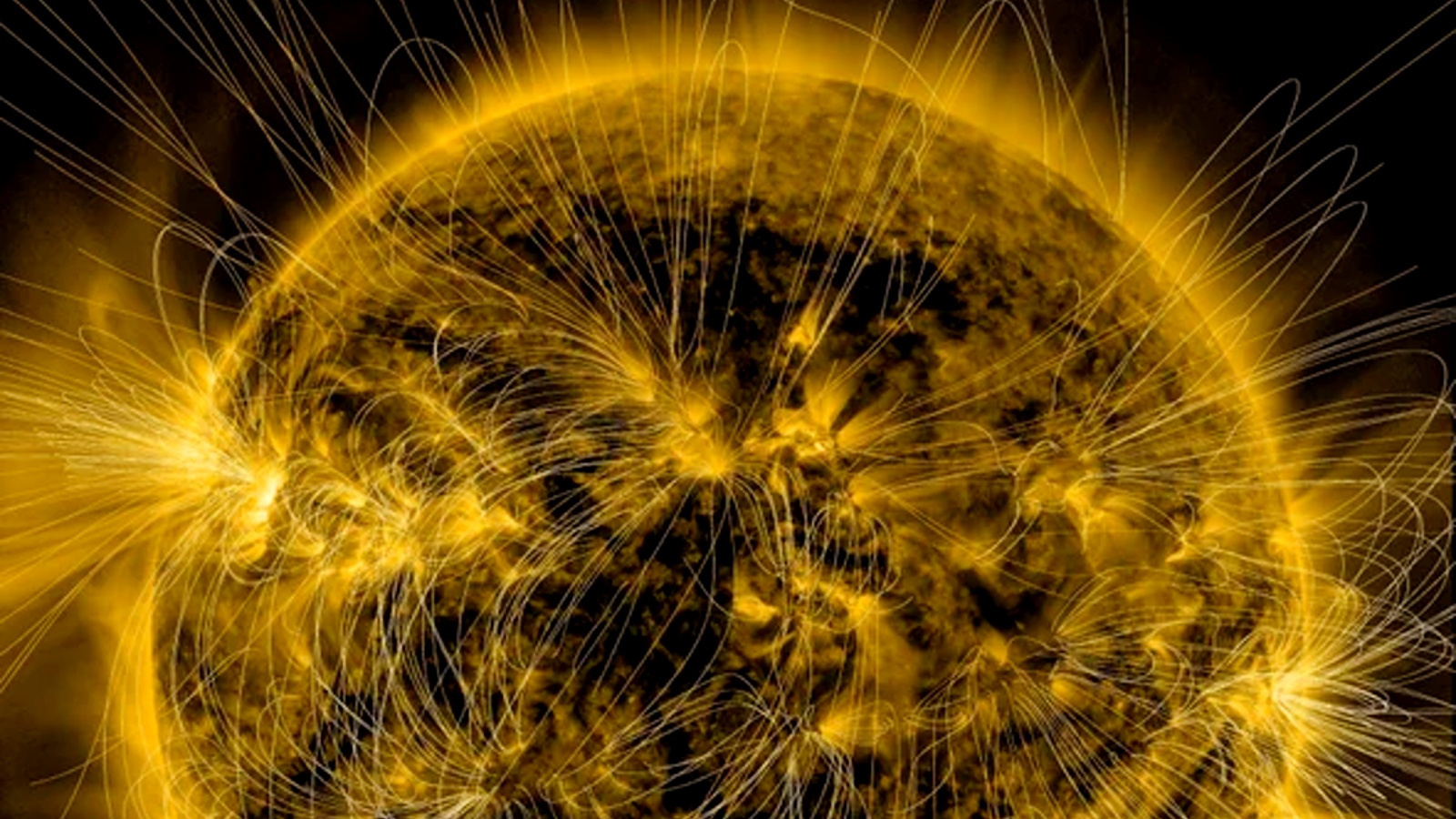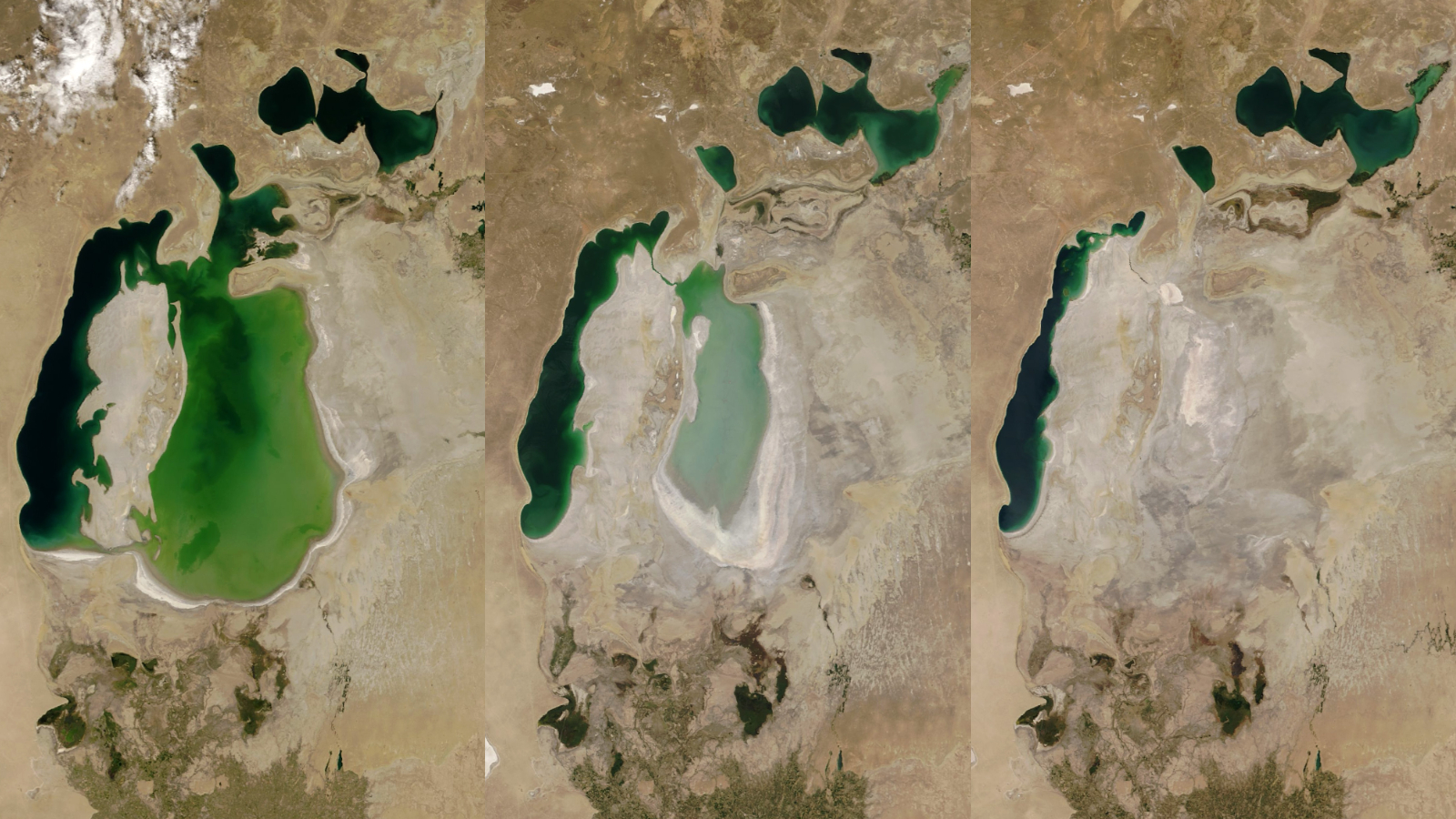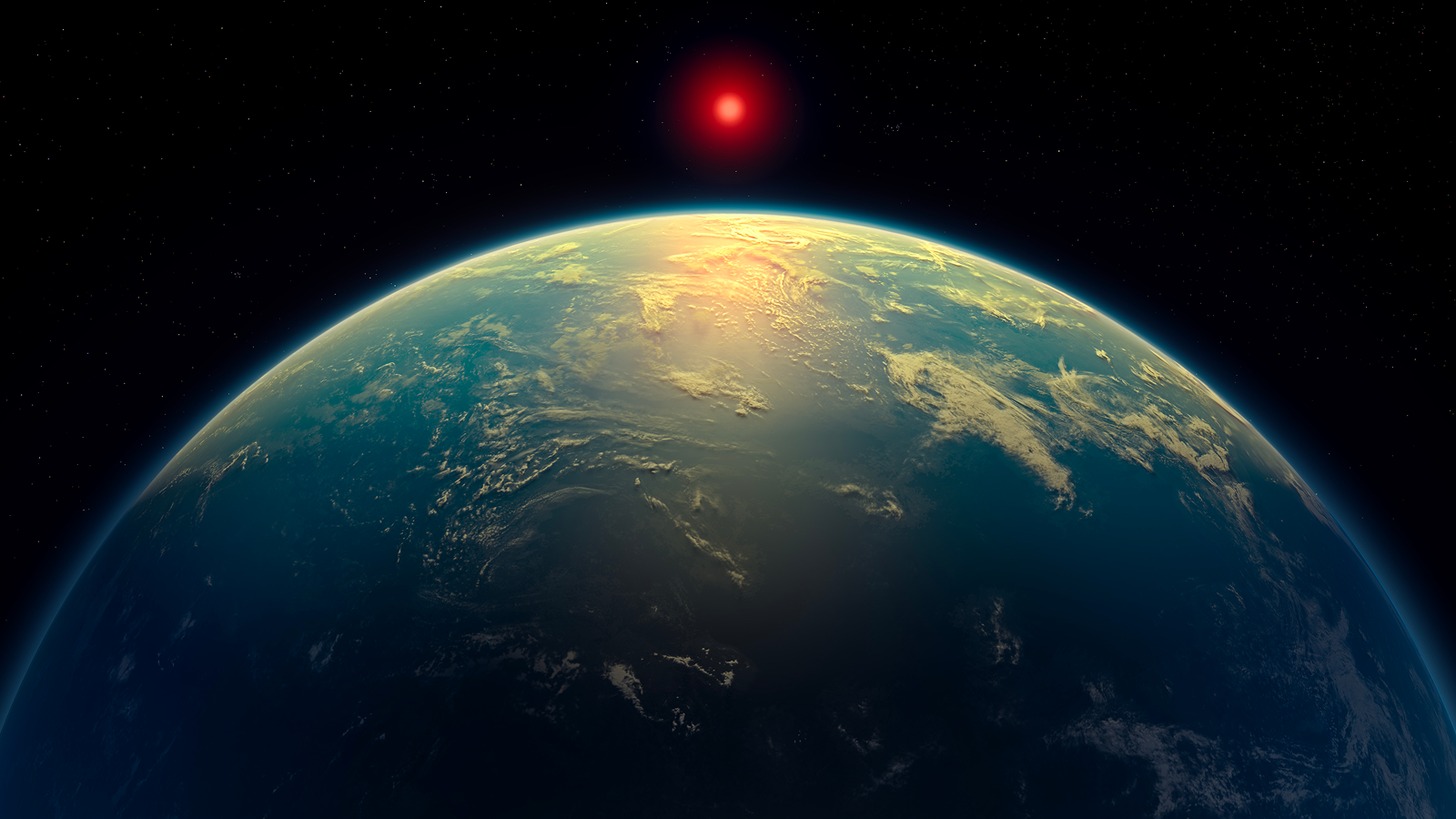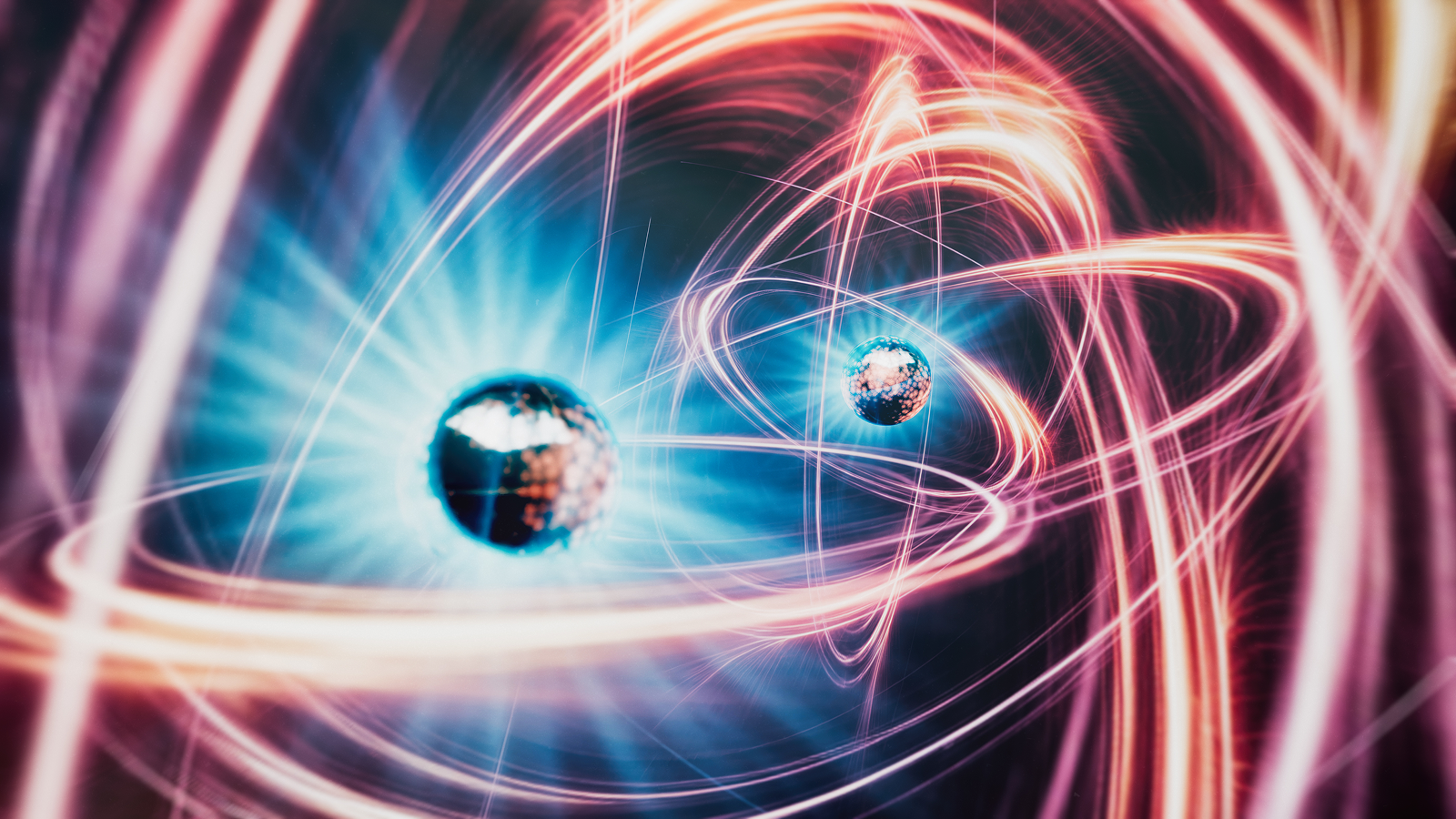India lands on moon! Chandrayaan-3 becomes world's 1st spacecraft to land near lunar south pole
India landed its Chandrayaan-3 spacecraft near the moon's south pole today (Aug. 23), making history for the nation and for lunar exploration in general.
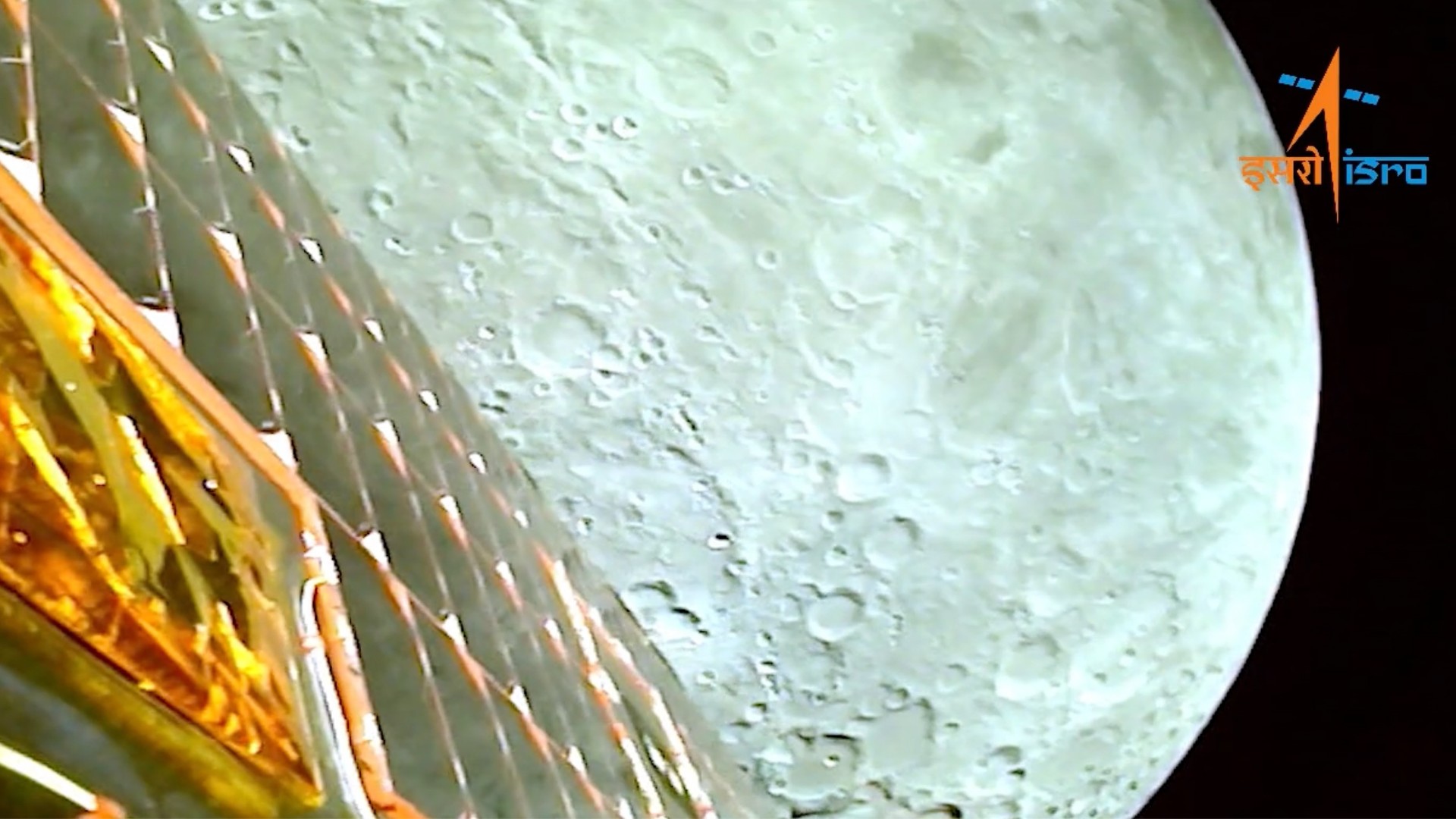
India has joined the moon-landing club.
The Chandrayaan-3 spacecraft touched down softly near the moon's south pole today (Aug. 23), notching a huge milestone for the nation. India is now the fourth country to stick a lunar landing, after the United States, the former Soviet Union and China.
The historic touchdown occurred at 8:33 am ET (1233 GMT or 6:03 p.m. India Standard Time), according to the Indian Space Research Organisation (ISRO). "We have achieved soft landing on the moon! India is on the moon!" ISRO chairman Sreedhara Somanath announced after the landing.
"This success belongs to all of humanity and it will help moon missions by other countries in the future," India's Prime Minister Narendra Modi said in a speech following the landing. "I'm confident that all countries in the world, including those from the global south, are capable of capturing success. We can all aspire to the moon and beyond."
Related: Scientists map 1,000 feet of hidden 'structures' deep below the dark side of the moon
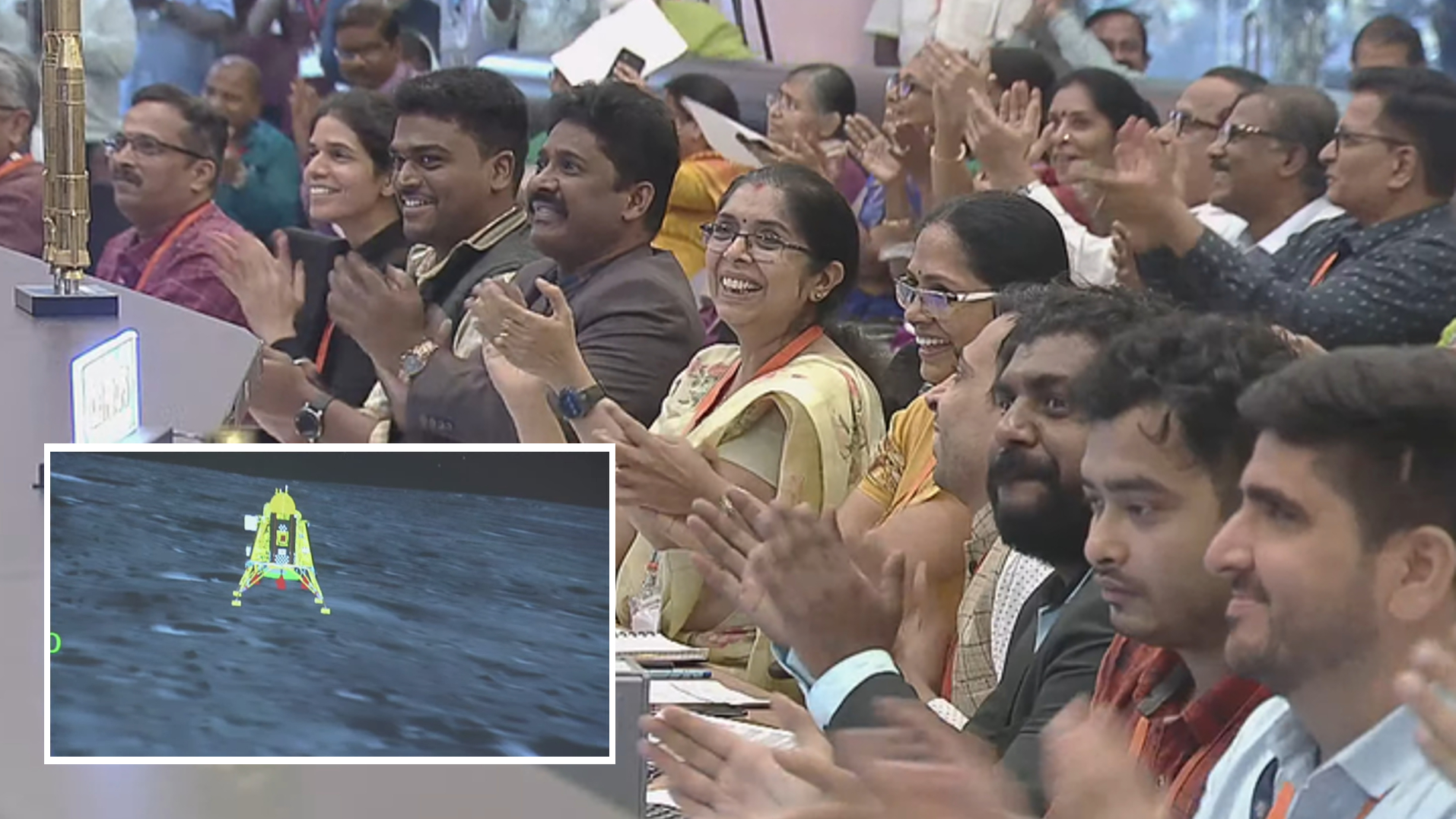
Soon, a solar-powered rover named Pragyan (Sanskrit for "wisdom") is expected to roll off Chandrayaan-3's Vikram ("valor") lander. The robotic duo will spend one lunar day (about 14 Earth days) exploring its new home, with the goal of collecting scientific data about the moon's makeup before its batteries drain after sunset.
"The whole country is excited about this mission," Anil Bhardwaj, director of the Physical Research Laboratory (PRL) in India, which built a few of the instruments onboard Chandrayaan-3, told Space.com prior to the landing. "We all hope that we will be successful in ... bringing out new science from this mission."
Sign up for the Live Science daily newsletter now
Get the world’s most fascinating discoveries delivered straight to your inbox.
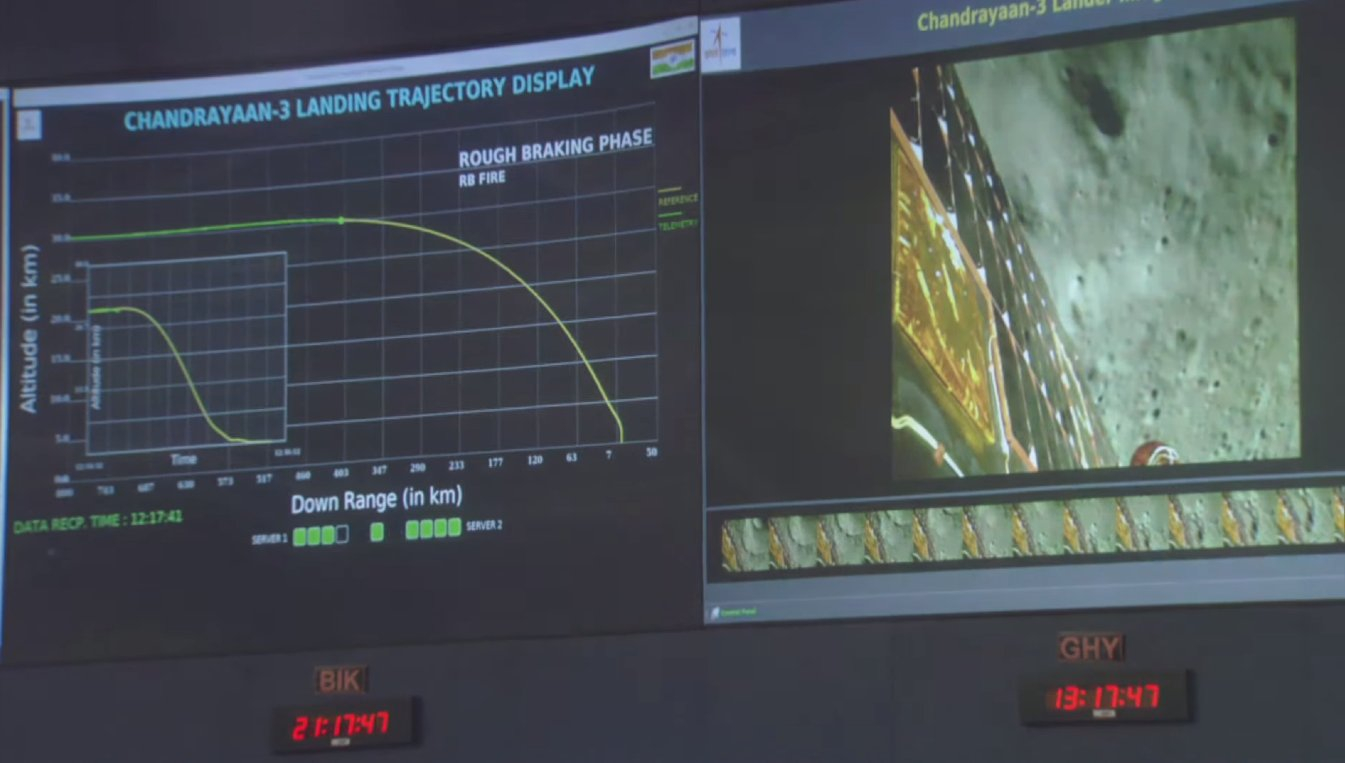
Chandrayaan-3 was India's second try at landing near the moon's south pole, a largely uncharted region of immense interest to scientists and exploration advocates alike. The south polar region is thought to harbor large amounts of water ice, which, if accessible, could be mined for rocket fuel and life support for future crewed missions. The country's first attempt at a lunar touchdown, in September 2019, failed when the Chandrayaan-2 lander crashed into the moon due to a software glitch.
Close to four years and many design and software upgrades later, the homegrown Chandrayaan-3 spacecraft launched atop a LVM3 rocket on July 14 from a spaceport in Sriharikota, on India's east coast. The spacecraft entered an elliptical orbit around the moon earlier this month, then performed multiple maneuvers to shift into a nearly circular path, which took it about 93 miles (150 kilometers) above the lunar surface.
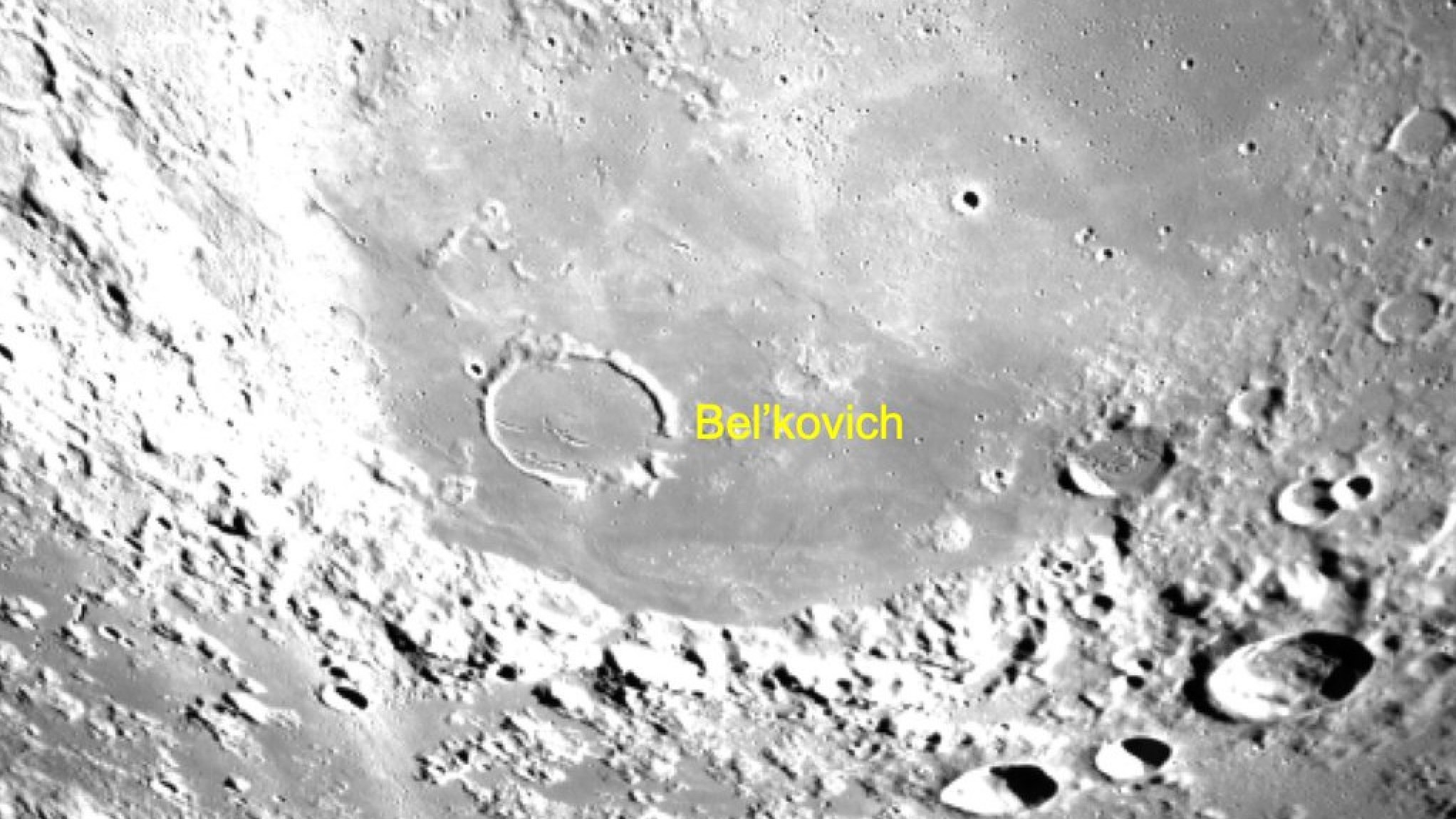
Last Thursday (Aug. 17), the Vikram-Pragyan duo separated from the mission's propulsion module, which will study Earth from its orbit around the moon. The lander and rover, which had entered an egg-shaped lunar orbit after separation, braked successfully on Friday (Aug. 18) and then again on Sunday (Aug. 20) to get closer to the moon's surface.
While still in orbit around the moon on Monday (Aug. 21) and Tuesday (Aug. 22), the duo established contact with Chandrayaan-2's orbiter, which has been circling the moon since 2019 and will serve as the critical communication link with Earth for the Chandrayaan-3 mission.
When the sun rose today on the targeted landing site, which was seen from Earth on one edge of the moon, mission control at ISRO's headquarters in Bengaluru commanded the lander to begin its descent to the lunar surface, activating its fully automatic landing system.
The historic landing was covered live by ISRO and broadcast by Indian public broadcaster Doordarshan.
At about 8:34 a.m. EDT (1234 GMT and 18:04 India time), the lander Vikram touched down in its target landing area, at roughly 70 degrees south latitude. This location is close to where Russia had hoped its first moon mission in 47 years, Luna-25, would land on Monday (Aug. 21). That effort, however, failed when the probe crashed into the moon over the weekend after a final orbital maneuver went sideways.
India's success today can be attributed to "extensive changes" to its landing strategy after Chandrayaan-2's 2019 crash, Bhardwaj said. Onboard algorithms that calculate spacecraft speed in real time during descent were reworked to allow for "more freedom to deviate" from protocol "but still do the landing," he added.
Other changes that helped facilitate the mission's success include a larger target landing zone, stronger legs for Vikram to withstand higher landing speeds and dynamic engines that adjusted the spacecraft's velocity for a smoother touchdown.
Images of the moon that Chandrayaan-2's orbiter has been sending home since 2019 also painted a clearer picture of the landing site than what scientists knew previously, according to Bhardwaj. "There is not much of a hurdle in this [landing] area," he said.
Now that Vikram is settled on the moon, Pragyan is expected to roll onto the lunar surface and start analyzing lunar soil and rocks.
Similar to the unfortunate rover on Chandrayaan-2, Pragyan's wheels are etched with the Ashoka Chakra, a religious symbol of a wheel with 24 spokes depicted on the Indian flag, and ISRO's logo. So when Pragyan inches along on the moon, ISRO hopes both symbols will be stamped onto the surface, where they will remain untouched for eons.
The lander Vikram is equipped to sense moonquakes near the landing site using an onboard seismometer, and to probe lunar soil to record its temperature.
Related: Scientists discover huge, heat-emitting blob on the far side of the moon
The Chandrayaan-3 mission, which costs a modest 6 billion rupees ($73 million US at current exchange rates), is unfolding at a time when multiple nations — notably, the U.S. and China — are eyeing the moon for future crewed missions. NASA, for example, aims to land astronauts near the lunar south pole in late 2025 or 2026 on its Artemis 3 mission, and to build one or more bases in the region shortly thereafter.
Chandrayaan-3 could also help spur India's space program, leading to even greater accomplishments in the future.
"It is going to be a game changer for the new generation," said Bhardwaj, adding that the success is important for the country's "strategic and geopolitical purposes" as well as to drive "the youth to do something different and unique."
When the sun sets upon the landing site in two weeks, the robotic duo will be left to fight a frigid night, which will be "very difficult to survive because the batteries will be drained out and it is too cold for electronics," Bhardwaj said.
Meanwhile, his team has geared up for what they hope will be a busy fortnight: "Our job starts after landing."

Sharmila Kuthunur is a Seattle-based science journalist focusing on astronomy and space exploration. Her work has also appeared in Scientific American, Astronomy and Space.com, among other publications. She has earned a master's degree in journalism from Northeastern University in Boston. Follow her on BlueSky @skuthunur.bsky.social

